Why I LOVE Singapore Math
This post may contain affiliate links.
As you know, I hate Everyday Math. I believe Singapore Math to be a far superior math curriculum.
Singapore Math allows children to master concepts with visual, concrete support. (As opposed to a brief overview in Everyday Math.)
I also love Singapore Math because my nine-year old, the one who hated math, now only sort-of-doesn’t-like-it and readily admits that her math teacher is the best teacher EVER. That’s a huge turn around from last year at this time!
Singapore Math
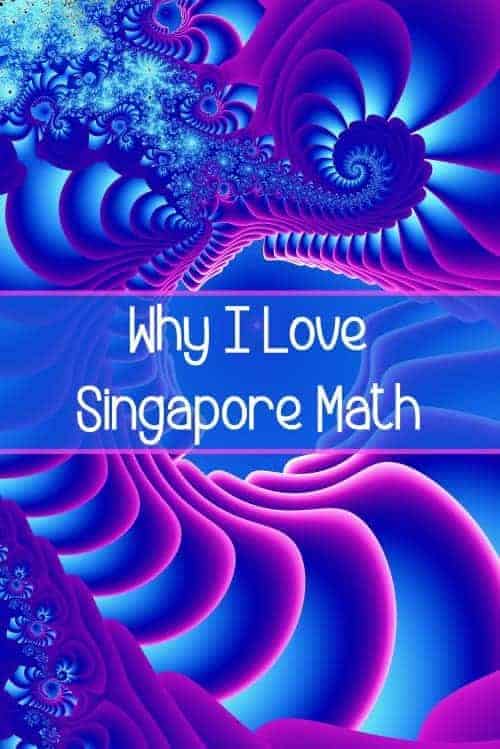
I’m not a Singapore Math expert but here’s what I can tell you . . .
Singapore Math Basics
Singapore Math “focuses on mathematical problem solving and emphasizes conceptual understanding, skills proficiency, learning of process skills, metacognition, and the development of a positive attitude toward mathematics,” writes Miss Seah Jiak Choo, Director-General of Education, Ministry of Education Singapore. (in The Singapore Model Method for Learning Mathematics) Read about the history of Singapore Math here.
Singapore Math Professional Learning Network says that the “authentic Singapore math pedagogy revolves the idea that fewer topics taught in greater depth at each grade level results in better understanding and retention.”
[printable] Singapore Maths Primary Syllabus
REASONING
My daughter’s teacher, Catherine Gozynski says, “Singapore Math develops reasoning. It’s not memorizing; it’s actual understanding. The big thing in fourth grade is, does this make sense?” She explains that in the primary grades, the emphasis is on place value.
TENS-FRAMES
In Singapore Math, tudents use ten-frames to support concrete and visual understanding of place value, numeracy, mental math, fact families, etc. This is what JJ does in first grade. Go to NCTM for an interactive ten-frame to get the idea. See how cool it is? Concrete to visual to abstract!
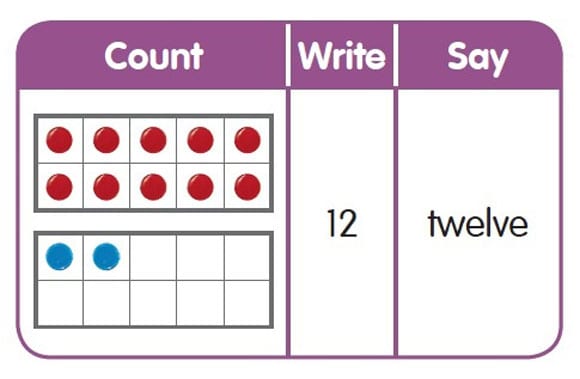
PICTORIAL or BAR MODELS
Students draw bar models to represent problems and concepts. Gorzynski explains, “The visual bar models help kids make sense of a problem. They are a problem solving tool taking the concrete to pictorial to abstract. It’s all about understanding the relationship and reasoning.”
I’ve copied a story problem below. Drawing the model helps a student solve this problem in a concrete-visual way.
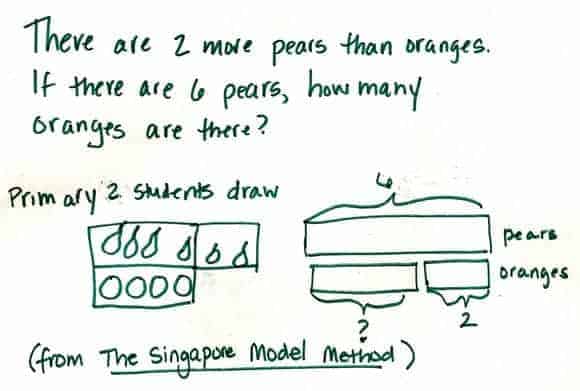
Bar Model Apps for the iPad – here’s a screen shot:
Singapore Math in the United States
Where can you purchase Singapore Math in the U.S.?
1. Math in Focus (MIF) from Houghton Mifflin Hardcourt (This is what my first and fourth grader use.)
2. Primary Mathematics Standards Edition
3. Singapore Math options from Sonlight
4. We used these workbooks over the summer to get AJ used to Singapore Math.
another example:

More Articles
Comparison between Saxon and Singapore Math.
A dad explains why he prefers Singapore Math to Saxon.
Kelli Trainer’s blog, Singapore Math Professional Learning Network
Singapore Math Source from Cassy Turner, her best websites, & her Amazon Store
Kids Activities Learning Games
Schoodoodle
Number Bonds Game
Singapore Math on Let’s Play Math
Singapore Math on Teacher Blog Spot
A Parent’s Guide to Singapore Math
Singapore Math vs. Everyday Math – One School Who Switched
Homeschooling with Singapore Math on Five J’s
![]()
![]()
![]() Some rights reserved by Mark Morgan Trinidad A
Some rights reserved by Mark Morgan Trinidad A

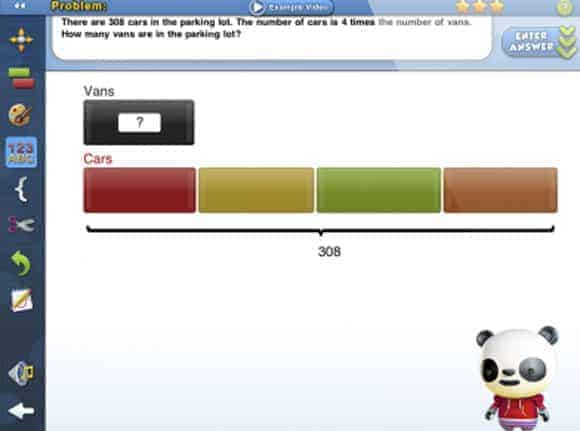
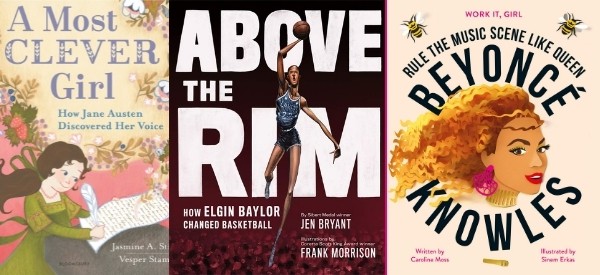
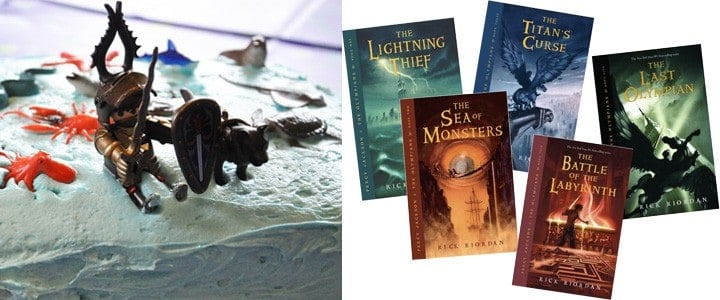
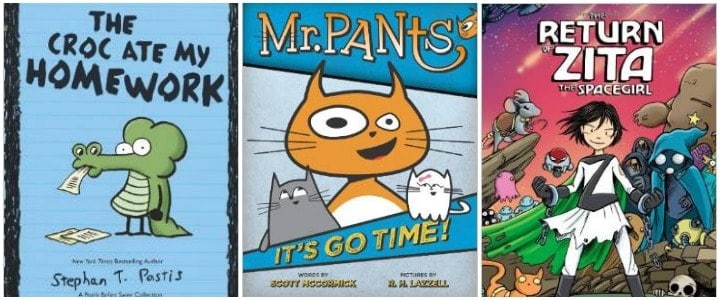
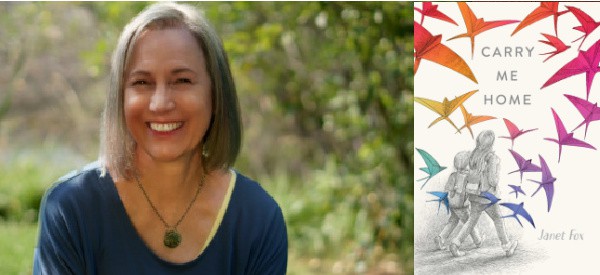

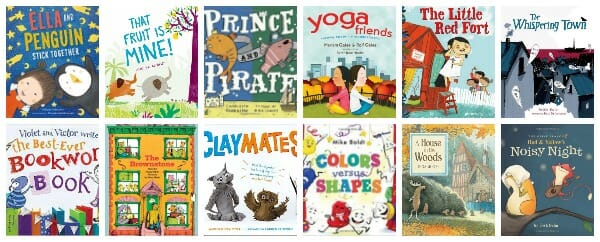
Hi, I came across your post while reading on Singapore Math. Just wanted to point out that the Singapore Mathematics Framework in your post is actually the preservice math teacher education framework. The Singapore Mathematics Framework is found on page 6 of this document: http://www.moe.edu.sg/education/syllabuses/sciences/files/maths-primary-2007.pdf
thanks, Yen. Just removed and inserted a link to that document.
I have never heard of Singapore Math, but it certainly sounds good. As a mom to a special needs child, the idea of “concrete to visual to abstract” is appealing. Using the tens-frames turns this lesson into a multisensory teaching experience, which is not only beneficial for all kids, but often mandatory for special needs kids. Thanks so much for bringing this math program to my attention.
In my post yesterday about Everyday Math, I quote people who don’t care for Investigations. https://imaginationsoup.net/2012/03/everyday-math-makes-me-want-to-scream/
I don’t have any experience with it myself.
We LOVE Singapore Math. The workbooks are VERY inexpensive. We use them for an enrichment at home to help my son explore new math concepts that his class isn’t ready for as an entire group. He loves the curriculum and always wants to do more than he is allowed to do in the book at a time.
His school uses a program called Investigations. Any thoughts on that one?
We have used Singapore for three years now. I do like all the visual and problem-solving based approaches, and I chose the texts because they are highly recommended by mathematicians I respect. But I will be honest – my daughter’s not a fan. Mainly this is because she’s not a fan of worksheets, and math is the only class in which we use them.
To help her, I allow her to do her problems on a white board. She likes that better, but ultimately she prefers DreamBox. DreamBox is an online program that does a lot of the same things that Singapore does, only in the form of an online game. The graphics are cute, and she can earn prizes for each level she masters. The game conforms to her mastery of each topic. It’s pretty affordable too – about $60 for 6 months. You can find them at http://www.dreambox.com.
However, she’s completed all the DreamBox curriculum, so we’re back to Singapore. The Art of Problem Solving has just this week released the first of their math curricula for younger folks, and I’m about as excited as a kid at Christmas. My order is on the way. Check them out here: http://www.beastacademy.com/ I think it will give her the solid Singapore problem-solving philosophy, only in a more fun format.
For us, it’s a matter of variety. We use Singapore, but also Khan Academy, Art of Problem Solving, and DreamBox. And when I can come up with something additional, I throw that in there too. I love Vi Hart’s short and funny videos. The variety helps keep things interesting, and the kids seem more motivated. I have a three-part post about the math resources we use, if you’re interested. The first post can be found here: http://gwynridenhour.wordpress.com/2012/01/08/mathquest-building-fairies-and-warriors-with-math-points/
If you like that one, click on the next two posts for book suggestions and media suggestions.
I love math talk!! Thanks for the post Melissa!
thanks for the reminder that variety is important in a math diet. Right now, I’m just so grateful we’ve moved out of the dreaded Everyday Math that I’m probably still in the honeymoon phase. 🙂
Oh, I hope you didn’t feel I was criticizing Singapore! It’s a very useful part of our math plan. I just thought it might be helpful to have some additional suggestions for your toolbox. I tend to get carried away with this kind of thing – it’s the librarian in me. 🙂